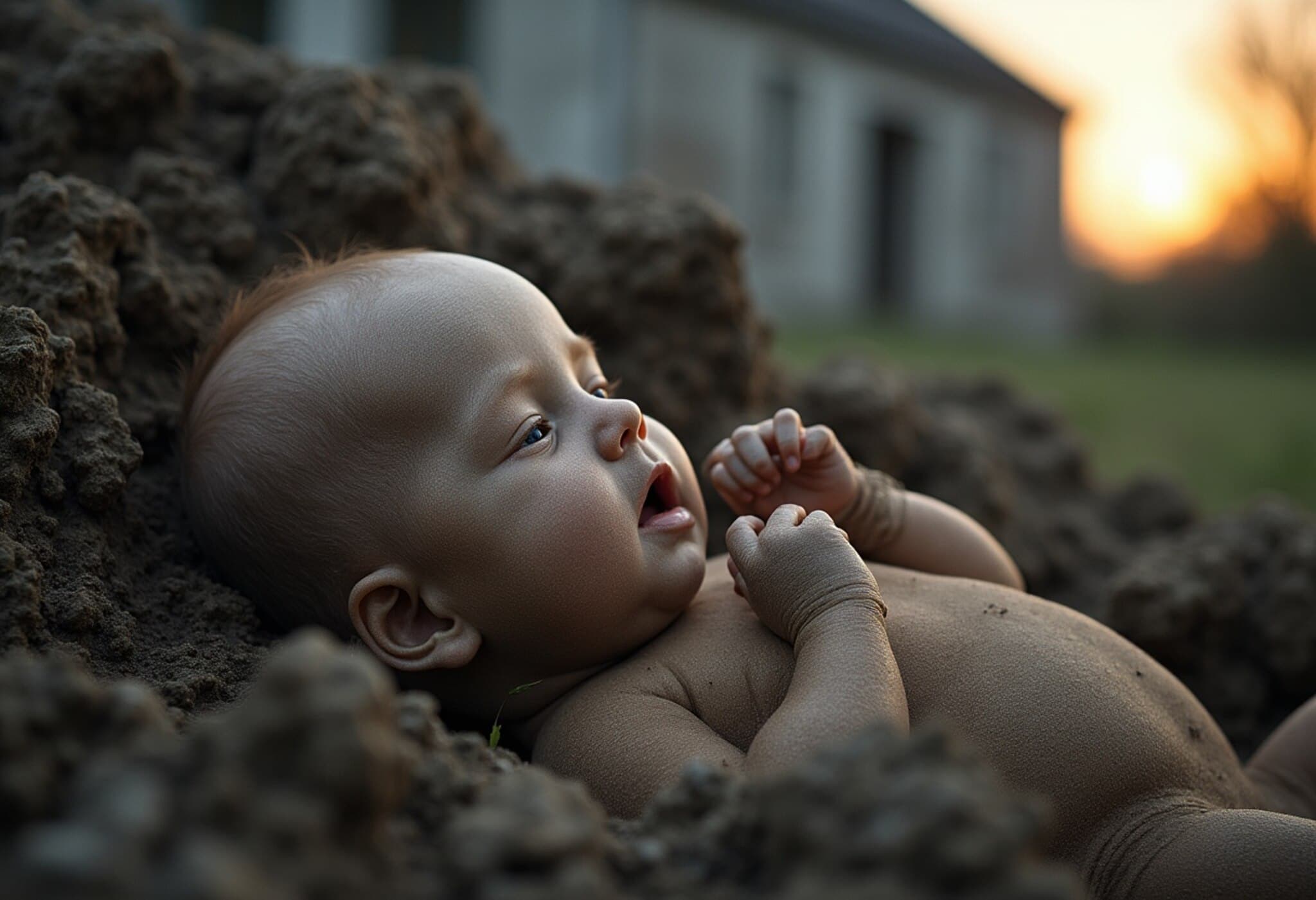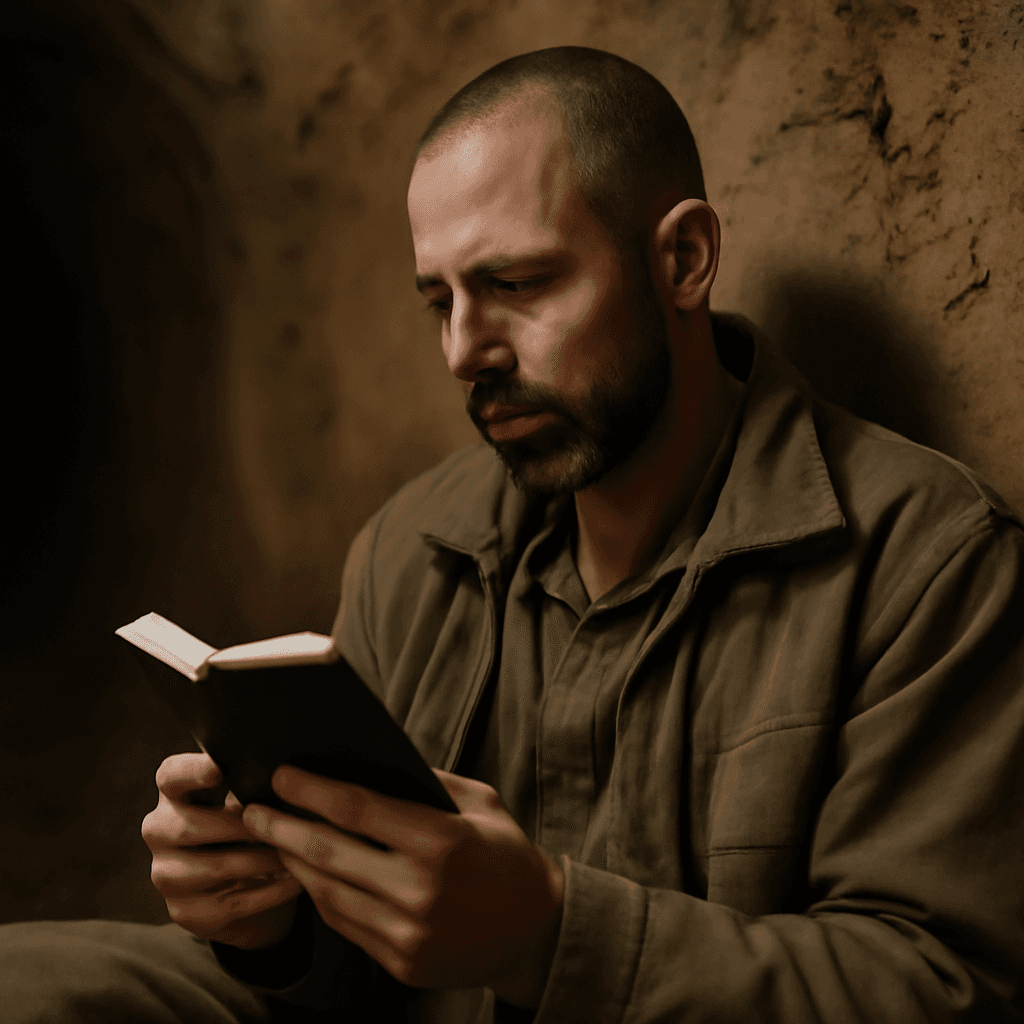Forensic Excavation Begins at Site of Bon Secours Mother and Baby Home
In a haunting chapter of Ireland's history, authorities in Tuam, County Galway, have launched a forensic investigation into a burial site believed to contain the remains of 796 babies from a former mother and baby home.
The Heartbreaking History of Bon Secours Home
Between 1925 and 1961, the Bon Secours Mother and Baby Home operated as a shelter for unmarried pregnant women. Managed by a group of Catholic nuns, the facility provided care for women during their pregnancies and for their infants. However, the reality was far grimmer than the home’s intended purpose suggested.
According to local historian Catherine Corless, who meticulously researched the records, 798 children died while at the home, but only two were given proper burials in a cemetery. The remains of the other 796 babies were reportedly disposed of in a septic tank—a grim pit now uncovered beneath what is today a modern apartment complex.
The Lives of Mothers and Their Children
Unmarried expectant mothers were sent to the home to deliver their babies under the care of the nuns. After birth, infants were removed from their mothers, often without consent, and placed under the convent’s control. Meanwhile, the women remained for up to a year, subjected to unpaid labor and isolation.
Disturbingly, women who became pregnant again often faced transfer to Magdalene laundries—institutions notorious for incarcerating vulnerable women, including victims of abuse, rape, incest, and family abandonment.
Uncovering a Dark Past and Seeking Dignity
The tragedy remained largely hidden until Corless's findings emerged in 2014, sparking public outcry and demands for justice. However, it was only after a 2022 legislative change that official excavation could begin, allowing forensic teams to carefully unearth and identify the remains.
Annette McKay, who believes her sister is among the lost children, expressed the emotional weight of the discovery: "I don’t care if it’s just a thimbleful of remains; at six months old, it’s mostly cartilage instead of bone." The recovery and dignified reburial process may take up to two years, highlighting the ongoing impact of this deeply tragic episode.
Looking Forward
The excavation represents more than a forensic operation; it is a pivotal step toward acknowledging a painful legacy and honoring the forgotten lives of these children. The process promises to shed further light on Ireland’s troubled past, bringing closure to families and communities still grappling with the scars left behind.












